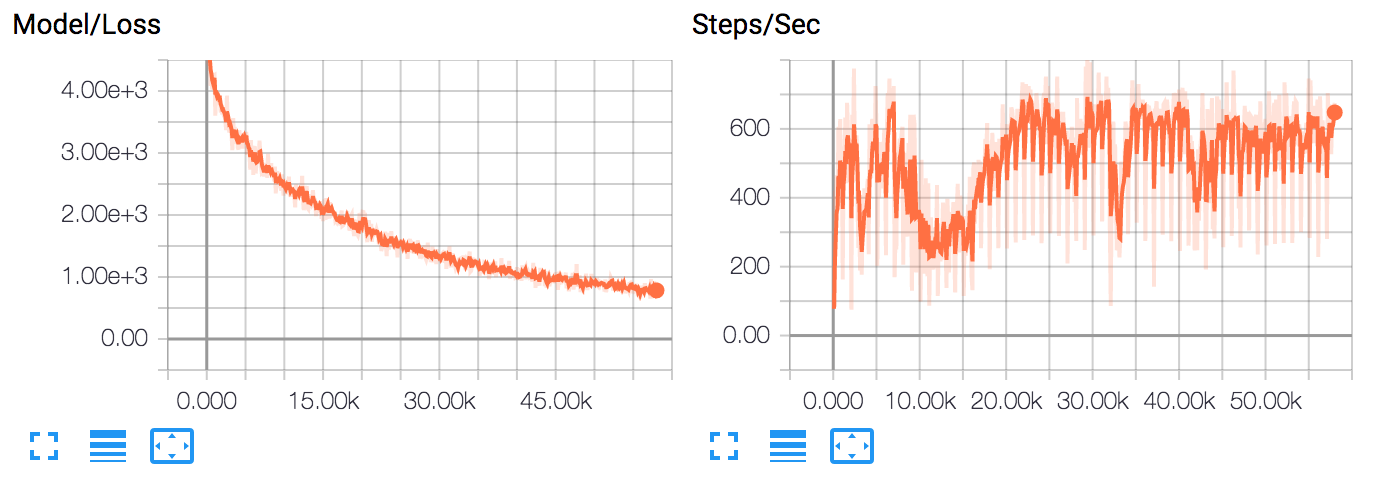tensorflow_scala
说明: tensorflow_scala,用于scala编程语言的tensorflow API
(tensorflow_scala,TensorFlow API for the Scala Programming Language)
(tensorflow_scala,TensorFlow API for the Scala Programming Language)
文件列表:
.circleci (0, 2022-06-23)
.circleci\config.yml (1533, 2022-06-23)
.circleci\images (0, 2022-06-23)
.circleci\images\Dockerfile.linux-cpu-x86_64 (260, 2022-06-23)
.circleci\images\Dockerfile.linux-gpu-x86_64 (737, 2022-06-23)
.circleci\images\docker_build_linux-cpu-x86_64.sh (356, 2022-06-23)
.circleci\images\docker_build_linux-gpu-x86_64.sh (356, 2022-06-23)
.circleci\images\install.sh (2300, 2022-06-23)
.jvmopts (125, 2022-06-23)
.scalafmt.conf (4035, 2022-06-23)
LICENSE (11434, 2022-06-23)
RELEASE.md (9635, 2022-06-23)
build.sbt (17518, 2022-06-23)
docs (0, 2022-06-23)
docs\images (0, 2022-06-23)
docs\images\logo.afdesign (7758177, 2022-06-23)
docs\images\logo.pdf (47432, 2022-06-23)
docs\images\logo.png (27480, 2022-06-23)
docs\images\logo.svg (56935, 2022-06-23)
docs\images\logo_square.afdesign (23905, 2022-06-23)
docs\images\logo_square.png (14605, 2022-06-23)
docs\src (0, 2022-06-23)
docs\src\main (0, 2022-06-23)
docs\src\main\paradox (0, 2022-06-23)
docs\src\main\paradox\assets (0, 2022-06-23)
docs\src\main\paradox\assets\custom.css (9237, 2022-06-23)
docs\src\main\paradox\assets\images (0, 2022-06-23)
docs\src\main\paradox\assets\images\afosr_logo.gif (249901, 2022-06-23)
docs\src\main\paradox\assets\images\cmu_logo.svg (14052, 2022-06-23)
docs\src\main\paradox\assets\images\favicon.ico (14605, 2022-06-23)
docs\src\main\paradox\assets\images\logo.png (14605, 2022-06-23)
docs\src\main\paradox\assets\images\nsf_logo.svg (199059, 2022-06-23)
docs\src\main\paradox\assets\images\tensorboard_mnist_example_plot.png (136823, 2022-06-23)
docs\src\main\paradox\assets\images\tensorflow_logo.png (14851, 2022-06-23)
docs\src\main\paradox\assets\images\tensorflow_logo_square.svg (2013, 2022-06-23)
docs\src\main\paradox\assets\images\tensorflow_logo_wide.svg (6900, 2022-06-23)
... ...
.circleci\config.yml (1533, 2022-06-23)
.circleci\images (0, 2022-06-23)
.circleci\images\Dockerfile.linux-cpu-x86_64 (260, 2022-06-23)
.circleci\images\Dockerfile.linux-gpu-x86_64 (737, 2022-06-23)
.circleci\images\docker_build_linux-cpu-x86_64.sh (356, 2022-06-23)
.circleci\images\docker_build_linux-gpu-x86_64.sh (356, 2022-06-23)
.circleci\images\install.sh (2300, 2022-06-23)
.jvmopts (125, 2022-06-23)
.scalafmt.conf (4035, 2022-06-23)
LICENSE (11434, 2022-06-23)
RELEASE.md (9635, 2022-06-23)
build.sbt (17518, 2022-06-23)
docs (0, 2022-06-23)
docs\images (0, 2022-06-23)
docs\images\logo.afdesign (7758177, 2022-06-23)
docs\images\logo.pdf (47432, 2022-06-23)
docs\images\logo.png (27480, 2022-06-23)
docs\images\logo.svg (56935, 2022-06-23)
docs\images\logo_square.afdesign (23905, 2022-06-23)
docs\images\logo_square.png (14605, 2022-06-23)
docs\src (0, 2022-06-23)
docs\src\main (0, 2022-06-23)
docs\src\main\paradox (0, 2022-06-23)
docs\src\main\paradox\assets (0, 2022-06-23)
docs\src\main\paradox\assets\custom.css (9237, 2022-06-23)
docs\src\main\paradox\assets\images (0, 2022-06-23)
docs\src\main\paradox\assets\images\afosr_logo.gif (249901, 2022-06-23)
docs\src\main\paradox\assets\images\cmu_logo.svg (14052, 2022-06-23)
docs\src\main\paradox\assets\images\favicon.ico (14605, 2022-06-23)
docs\src\main\paradox\assets\images\logo.png (14605, 2022-06-23)
docs\src\main\paradox\assets\images\nsf_logo.svg (199059, 2022-06-23)
docs\src\main\paradox\assets\images\tensorboard_mnist_example_plot.png (136823, 2022-06-23)
docs\src\main\paradox\assets\images\tensorflow_logo.png (14851, 2022-06-23)
docs\src\main\paradox\assets\images\tensorflow_logo_square.svg (2013, 2022-06-23)
docs\src\main\paradox\assets\images\tensorflow_logo_wide.svg (6900, 2022-06-23)
... ...

 - Efficient interaction with the native library that avoids unnecessary copying of data. All tensors are created and
managed by the native TensorFlow library. When they are passed to the Scala API (e.g., fetched from a TensorFlow
session), we use a combination of weak references and a disposing thread running in the background. Please refer to
`tensorflow/src/main/scala/org/platanios/tensorflow/api/utilities/Disposer.scala`, for the implementation.
## Compiling from Source
Note that in order to compile TensorFlow Scala on your
machine you will need to first install the TensorFlow
Python API. You also need to make sure that you have a
`python3` alias for your python binary. This is used by
CMake to find the TensorFlow header files in your
installation.
## Tutorials
- [Object Detection using Pre-Trained Models](https://brunk.io/deep-learning-in-scala-part-3-object-detection.html)
## Funding
Funding for the development of this library has been generously provided by the following sponsors:
|
- Efficient interaction with the native library that avoids unnecessary copying of data. All tensors are created and
managed by the native TensorFlow library. When they are passed to the Scala API (e.g., fetched from a TensorFlow
session), we use a combination of weak references and a disposing thread running in the background. Please refer to
`tensorflow/src/main/scala/org/platanios/tensorflow/api/utilities/Disposer.scala`, for the implementation.
## Compiling from Source
Note that in order to compile TensorFlow Scala on your
machine you will need to first install the TensorFlow
Python API. You also need to make sure that you have a
`python3` alias for your python binary. This is used by
CMake to find the TensorFlow header files in your
installation.
## Tutorials
- [Object Detection using Pre-Trained Models](https://brunk.io/deep-learning-in-scala-part-3-object-detection.html)
## Funding
Funding for the development of this library has been generously provided by the following sponsors:
| |
| |
| |
|:---------------------------------------:|:---------------------------------:|:-----------------------------------------------:|
| **CMU Presidential Fellowship** | **National Science Foundation** | **Air Force Office of Scientific Research** |
| awarded to Emmanouil Antonios Platanios | Grant #: IIS1250956 | Grant #: FA95501710218 |
TensorFlow, the TensorFlow logo, and any related marks are trademarks of Google Inc.
|
|:---------------------------------------:|:---------------------------------:|:-----------------------------------------------:|
| **CMU Presidential Fellowship** | **National Science Foundation** | **Air Force Office of Scientific Research** |
| awarded to Emmanouil Antonios Platanios | Grant #: IIS1250956 | Grant #: FA95501710218 |
TensorFlow, the TensorFlow logo, and any related marks are trademarks of Google Inc.
近期下载者:
相关文件:
收藏者: